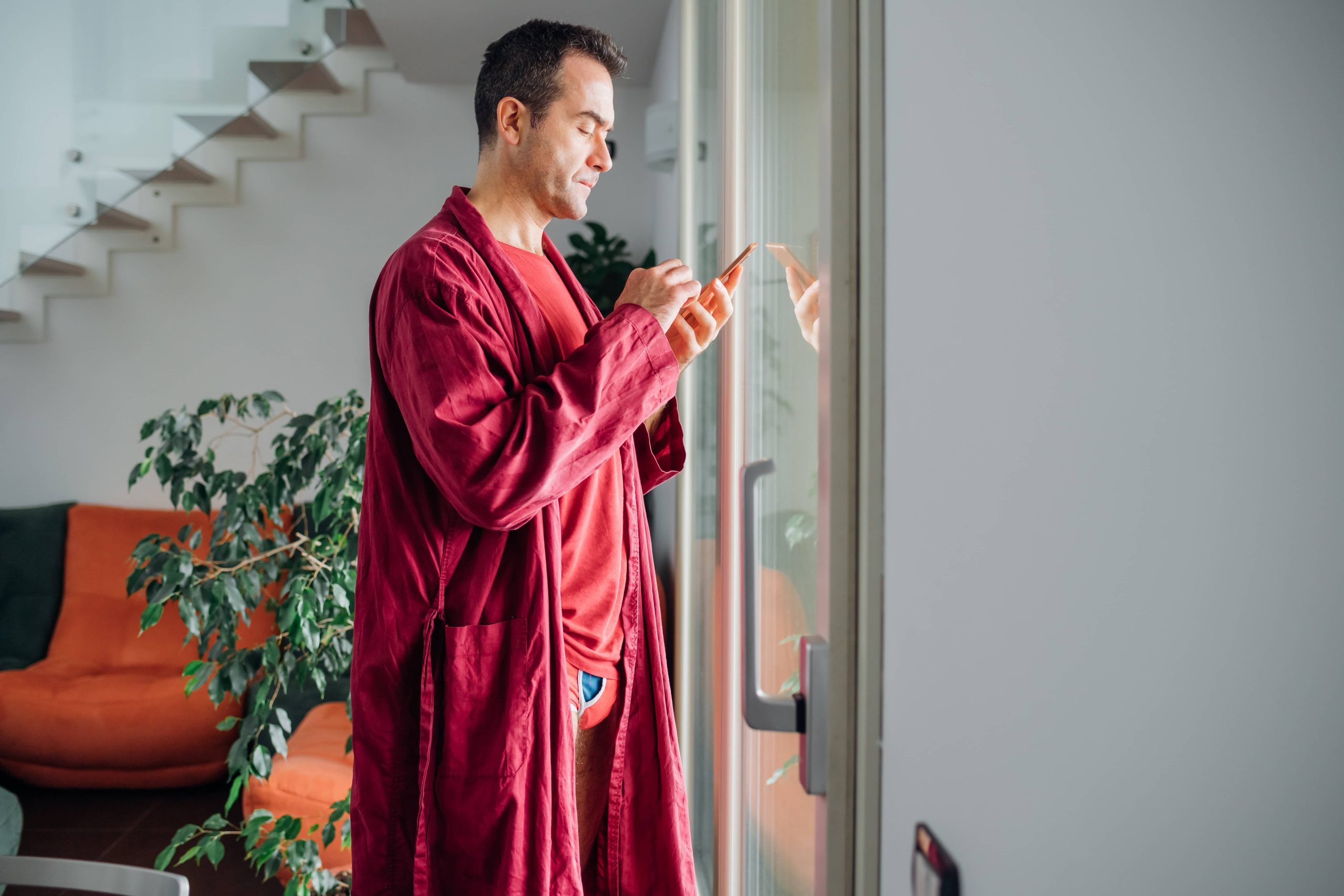
In the ever-evolving world of home design, the integration of technology has become a pivotal aspect of creating a modern living space. The concept of a “smart home” is no longer just about convenience and efficiency; it’s about seamlessly blending technology with style to create an environment that is both functional and aesthetically pleasing. In this blog post, we will explore how you can combine style and technology in your smart home to create a harmonious living space that reflects your personal taste while embracing the future.
The Evolution of Smart Homes
The journey of smart homes began with the introduction of basic automation systems that allowed homeowners to control lighting, heating, and security systems remotely. However, as technology advanced, so did the capabilities of smart homes. Today, smart homes are equipped with a wide range of devices and systems that can be controlled via smartphones, voice commands, or even automated based on your preferences.
The Importance of Style
While technology plays a crucial role in the functionality of a smart home, style is equally important. Your home is a reflection of your personality, and it should be a space where you feel comfortable and inspired. The challenge lies in integrating technology in a way that enhances the overall aesthetic of your home rather than detracting from it.
Choosing the Right Smart Devices
When it comes to combining style and technology, the first step is choosing the right smart devices. Look for devices that not only offer the features you need but also complement your home’s decor. Many manufacturers now offer smart devices in a variety of finishes and designs, allowing you to find options that match your style.
For example, smart speakers and displays are available in different colors and materials, so you can choose one that blends seamlessly with your living room or kitchen. Similarly, smart thermostats and light switches come in sleek designs that can enhance the look of your walls.
Integrating Technology with Interior Design
One of the key aspects of combining style and technology is integrating smart devices with your interior design. This can be achieved through thoughtful placement and creative use of technology.
1. Concealed Technology:
Consider concealing technology within your home’s design. For instance, you can hide smart speakers within bookshelves or use recessed lighting to incorporate smart bulbs without disrupting the aesthetic of your ceiling.
2. Multi-Functional Furniture:
Invest in multi-functional furniture that incorporates technology. There are coffee tables with built-in wireless charging pads and sofas with integrated speakers, allowing you to enjoy the benefits of technology without compromising on style.
3. Artistic Displays:
Turn your smart devices into art pieces. Some smart TVs offer an “art mode” that displays artwork when not in use, transforming your television into a beautiful piece of art.
Creating a Cohesive Look
To ensure that your smart home maintains a cohesive look, it’s important to consider the overall design theme of your home. Whether you prefer a minimalist, industrial, or traditional style, there are ways to incorporate technology without clashing with your decor.
1. Color Coordination:
Choose smart devices in colors that complement your existing color scheme. Neutral tones like black, white, and gray are versatile and can easily blend with most design styles.
2. Consistent Materials:
Opt for smart devices made from materials that match or complement the materials used in your home. For example, if your home features a lot of wood, look for devices with wooden accents.
3. Streamlined Design:
Select smart devices with a streamlined design that doesn’t draw too much attention. This will help maintain a clean and uncluttered look in your home.
The Role of Lighting
Lighting plays a significant role in both the style and functionality of a smart home. Smart lighting systems allow you to adjust the brightness and color of your lights to suit different moods and occasions. This not only enhances the ambiance of your home but also provides practical benefits.
1. Accent Lighting:
Use smart lighting to highlight architectural features or artwork in your home. This can create a dramatic effect and draw attention to specific areas.
2. Mood Lighting:
Set the mood for different activities with customizable lighting scenes. Whether you’re hosting a dinner party or enjoying a quiet evening, smart lighting can help create the perfect atmosphere.
3. Energy Efficiency:
Smart lighting systems are energy-efficient, allowing you to reduce your energy consumption and lower your utility bills. This is not only good for the environment but also adds to the overall appeal of your smart home.
Conclusion
Combining style and technology in a smart home is about finding the right balance between functionality and aesthetics. By carefully selecting smart devices, integrating technology with your interior design, and creating a cohesive look, you can create a living space that is both stylish and technologically advanced. As technology continues to evolve, the possibilities for smart home design are endless, allowing you to create a home that truly reflects your personal style and embraces the future.













